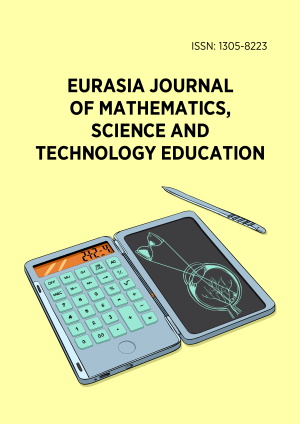Abstract
Despite formal instruction, secondary school students often struggle to move beyond classical interpretations when reasoning about quantum phenomena, especially concerning the statistical nature of quantum physics. This study explores how students conceptualize quantum randomness following instruction centered on two key experiments: the Michelson interferometer (MI) with single photons and the double-slit experiment. Qualitative content analysis of interviews with 25 students revealed three distinct reasoning types: (1) statistical ensemble interpretation, (2) ensemble reasoning involving hidden variables or spatial limitations, and (3) a focus on localization and spatial uncertainty. Notably, students referencing the MI context in their reasonings more often demonstrated advanced ensemble-based reasoning, distinguishing quantum probabilities from classical ones. In contrast, students who relied primarily on the DSE context were more capable of framing their reasoning in terms of spatial uncertainty. These findings highlight the pivotal role of experimental context in fostering students’ quantum thinking and point to promising directions for future research.
License
This is an open access article distributed under the Creative Commons Attribution License which permits unrestricted use, distribution, and reproduction in any medium, provided the original work is properly cited.
Article Type: Research Article
EURASIA J Math Sci Tech Ed, Volume 21, Issue 8, August 2025, Article No: em2686
https://doi.org/10.29333/ejmste/16736
Publication date: 08 Aug 2025
Article Views: 961
Article Downloads: 554
Open Access References How to cite this article
 Full Text (PDF)
Full Text (PDF)